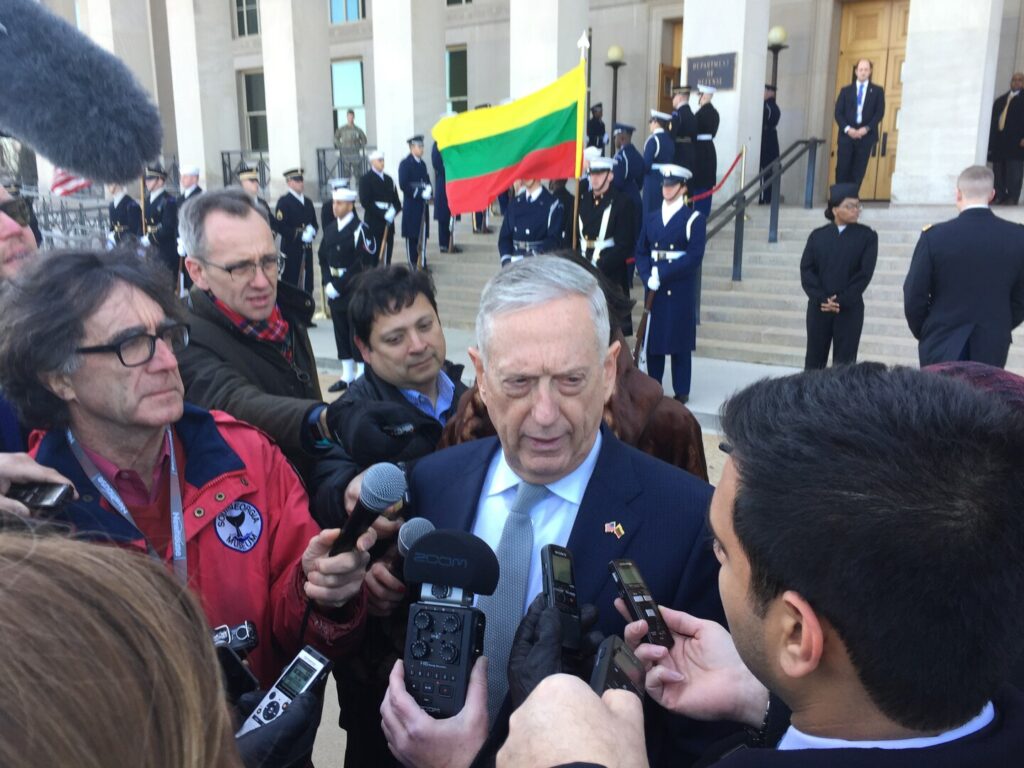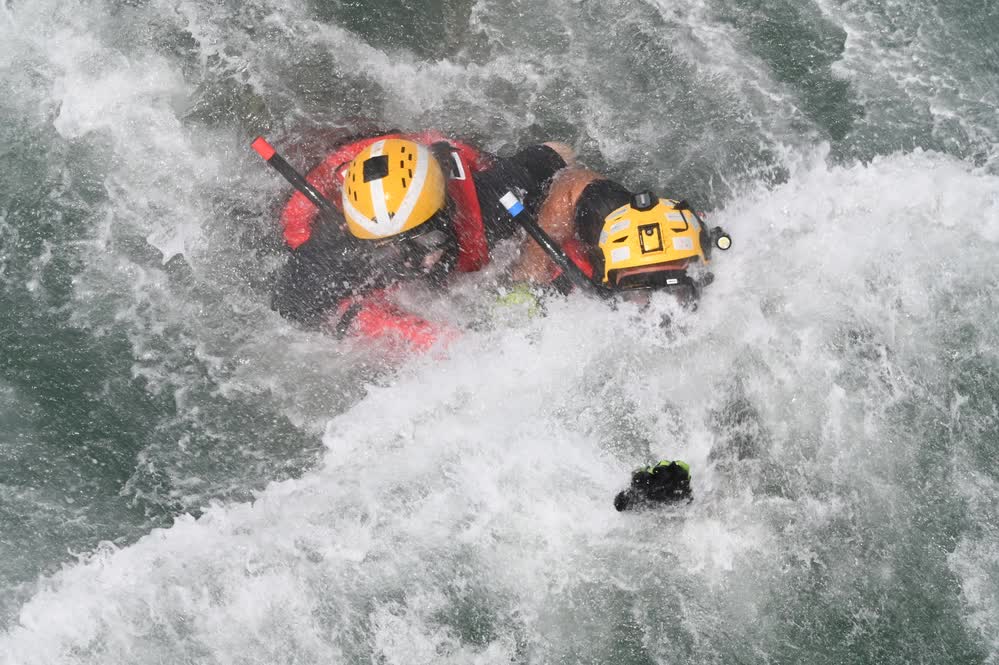This article by Samir Srivastava was originally published by Divergent Options.
Samir Srivastava is serving in the Indian Armed Forces. The views expressed and suggestions made in the article are solely of the author in his personal capacity and do not have any official endorsement. Divergent Opinions’ content does not contain information of an official nature nor does the content represent the official position of any government, any organization, or any group.
Title:Assessing a Situation where the Mission is a Headline
Date Originally Written: July 5, 2021.
Date Originally Published: July 26, 2021.
Author and / or Article Point of View: The author is serving with the Indian Armed Forces. The article is written from the point of view of India in its prevailing environment.
Summary: While headlines in news media describe the outcome of military operations, in this information age, the world could now be heading towards a situation where military operations are the outcome of a desired headline. In situations like this, goals can be achieved by taking into assured success, the target audience, connectivity in a retaliatory context, verifiability, and deniability.
Text: When nations fight each other, there will be news media headlines. Through various mediums and platforms, headline(s) will travel to everyone – the belligerents, their allies/supporters and also neutral parties. Conflict will be presented as a series of headlines culminating in one headline that describes the final outcome. Thus, when operations happen, headlines also happen. Yet to be considered is when an operation is planned and executed to make a headline happen.
In nation versus nation conflict, the days of large scale wars are certainly not over, but as trends suggest these will be more of an exception rather than rule. The future war in all likelihood will be fought at a level without a formal war declaration and quite localised. The world has seen wars where each side endeavours to prevail upon the adversary’s bodies and materiel, but already greater emphasis is being laid on prevailing upon the enemy’s mind. In that case, a decision will be required regarding what objective is being pursued – attrition, territory or just a headline.
Today, a military operation is more often than not planned at the strategic level and executed at a tactical level. This model is likely to become a norm because if a strategic outcome is achievable through a standalone tactical action, there is no reason to let the fight get bigger and more costly in terms of blood and treasure. The Balakote Airstrike[1] by the Indian Air Force is a case in point. It has been over two years since that strike took place but there is nothing to show a change in Pakistan’s attitude, which continues to harbour terrorists on its soil who would very well be plotting the next strike on India. However, what has endured is the headlines of February 26-28, 2019, which carried different messages for different people and one for Pakistan as well.
Unlike propaganda where a story is made out of nothing, if the mission is to make a headline, then that particular operation will have taken place on ground. In this context, Headline Selection and Target Selection are two sides of the same coin but the former is the driving force. Beyond this, success is enhanced by taking into account the probability of success, the target audience, connectivity in a retaliatory context, verifiability and deniability.
Without assured success, the outcome will be a mismatch between the desired headline and target selection. Taking an example from movies, in the 1997 film “Tomorrow Never Dies[2],” the entire plot focuses on the protagonist, Agent 007, spoiling antagonist Carver’s scheme of creating headlines to be beamed by his media network. Once a shot is fired or ordnance dropped, there will be a headline and it is best to make sure it is the desired one.
Regarding the target audience, it is not necessary that an event gains the interest of the masses. The recipient population may be receptive, non-receptive or simply indifferent. A headline focused on the largest receptive group who can further propagate it has the best chance of success.
If the operation is carried out in a retaliatory context, it is best to connect the enemy action and friendly reaction. For example, while cyber-attacks or economic sanctions may be an apt response to an armed attack, the likelihood of achieving the desired headline is enhanced if there is something connecting the two- action and reaction.
The headline will have much more impact if the event and its effects can be easily verified, preferably by neutral agencies and individuals. A perfect headline would be that which an under resourced freelance journalist can easily report. To that end, targets in inaccessible locations or at places that don’t strike a chord with the intended audience will be of little use. No amount of satellite photos can match one reporter on ground.
The headline cannot lend itself to any possibility of denial because even a feeble denial can lead to credibility being questioned. It therefore goes without saying that choice of target and mode of attack should be such. During U.S. Operation NEPTUNE SPEAR[3], the raid on Osama bin Laden’s compound in Abbotabad, Pakistan, the first sliver of publicly available information was a tweet by someone nearby. This tweet could have very well closed any avenue for denial by Pakistan or Al Qaeda.
A well thought out headline can be the start point when planning an operation or even a campaign. This vision of a headline however needs different thinking tempered with a lot of imagination and creativity. Pre-planned headlines, understanding the expertise of journalists and having platforms at the ready can be of value.
Every field commander, division and above should have some pre-planned headlines to speak of that their organization can create if given the opportunity. These headlines include both national headlines flowing out of the higher commander’s intent, and local headlines that are more focused on the immediate engagement area.
There is benefit to be gained from the expertise of journalists – both Indian and Foreign. Their practical experience will be invaluable when deciding on the correct headline and pinpointing a target audience. Journalists are already seen in war zones and media rooms as reporters, and getting them into the operations room as planners is worthy of consideration.
An array of reporters, platforms amd mediums can be kept ready to carry the desired headline far and wide. Freelance journalists in foreign countries coupled with internet will be a potent combination. In addition, the military’s public information organization cannot succeed in this new reality without restructuring.
Every battle in military history has name of some commander(s) attached to it. Hannibal crossing the Alps, U.S. General George S. Patton’s exploits during Battle of the Bulge, and then Indian Colonel Desmond Hayde in the Battle of Dograi. The day is not far when some field commander will etch his or her name in history fighting the Battle of the Headline or, more apt, the Battle for the Headline.
Read more from Sandboxx News:
- American Spies: How the US collects intelligence around the world
- The narrative around UAPs may be intentionally complicated
- Russia’s high profile weapons are all smoke and mirrors
- 7 Life lessons I’ve learned from a career in PR
- How WWII propaganda is still convincing kids to eat carrots
Endnotes:
[1] BBC. (2019, February 26). Balakot: Indian air strikes target militants in Pakistan. BBC News. https://www.bbc.com/news/world-asia-47366718.
[2] IMDb.com. (1997, December 19). Tomorrow Never Dies. IMDb. https://www.imdb.com/title/tt0120347.
[3] Olson, P. (2011, August 11). Man Inadvertently Live Tweets Osama Bin Laden Raid. Forbes. https://www.forbes.com/sites/parmyolson/2011/05/02/man-inadvertently-live-tweets-osama-bin-laden-raid.



